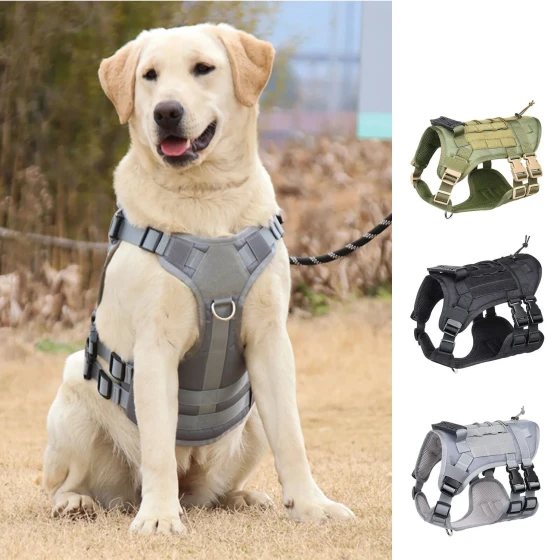Why Domestic Pet Dogs Should Eat Dog Food
In today's society, the number of pets is increasing, and pet owners are paying more and more attention to pet diet and nutrition. Many different opinions vary greatly, and the stances are not entirely the same. Regarding whether pet dogs should eat dog food, raw food, or homemade food, there are still many differing views. We explain and analyze from a scientific perspective to make our beloved pets healthier and happier. Different feeding methods should be used for different types of dogs to relieve owners' worries and unease, truly understand the diet and nutrition of beloved dogs, and have a deeper understanding of health for dogs and the closer relationship between humans and animals.

Nutritional imbalance leads to low protein causing ascites

Long-term feeding of cornmeal causes calcium deficiency leading to skeletal abnormalities
First, understand the ingredients of dog food. The commercial dog food we purchase daily is targeted at different dog breeds and various growth stages, recommending the use of different and most suitable dog foods. We take adult dogs as an example to explain.
Basic nutritional framework table of adult dog food:Protein
These nutrients can meet the normal lifestyle of beloved dogs and maintain their health. When the nutritional value we feed our dogs matches their nutritional requirements, we can confidently say it is suitable for consumption.
However, some proponents of feeding raw food argue that dog food's value is inferior to raw meat and homemade food, so we explain whether this view is scientific.
Dogs evolved from wolves and belong to carnivorous omnivores. Natural selection continually applies the survival of the fittest rule. During long domestication by humans, dogs have gradually adapted to food provided by humans, most of which are human leftovers. Over gradual evolution, dogs' digestion and absorption rates of cooked food have increased, reducing the incidence of parasites. Thus, we recognize that wild or stray dogs have greater opportunities to eat raw food; survival of the fittest and natural selection mean their descendants have increased digestion and metabolism rates for raw food, with strong gastrointestinal functions and microbiota. However, these dogs rarely come into close contact with humans and certainly not intimate contact. For pet dogs living closely with humans daily and even considered important family members, the degree of closeness is self-evident. Feeding raw food to such dogs may pose a risk as humans are the primary sufferers due to intimate contact and long-term coexistence, allowing zoonotic diseases to transmit in various ways. Thus, humans can also become victims.
So, what are the benefits of feeding dog food? First, dog food is sterilized by high temperature and does not contain certain dangerous pathogens; second, its nutritional value is appropriate; third, dog food is convenient and quick to feed, suitable for dogs of all ages, saving owners time; fourth, it is easy to store. Because of these advantages, dog food receives much attention and has high sales.
Dear owners, do you have a clear understanding now?
Because of our close contact with beloved pets, for the happiness of both humans and pets, this is the most important factor when choosing high-quality dog food.



